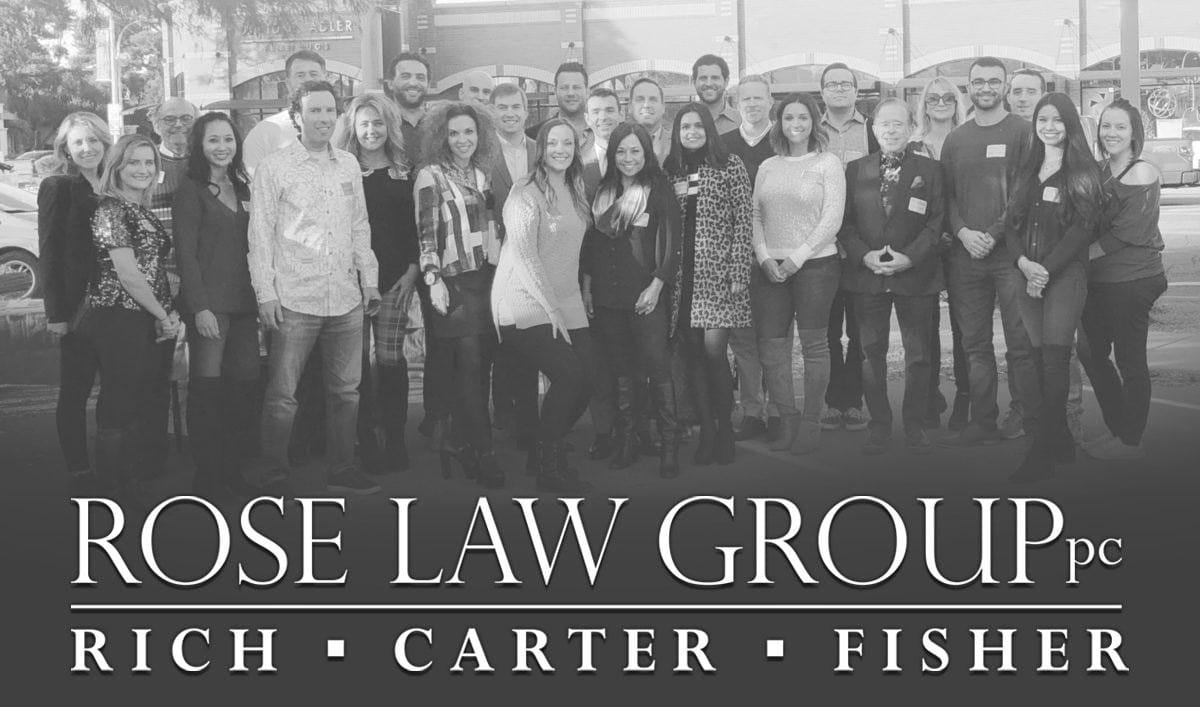 The Monday Morning Quarterback /A quick analysis of important economic data released over the past week
The Monday Morning Quarterback /A quick analysis of important economic data released over the past week
Elliott D. Pollack & Co.
When does summer end? When school starts, of course. Thus, for we Arizonans, summer has ended over the past couple of weeks, depending on your school district (and if you still have kids at home). So, how was the summer? At least so far, it has been ok. Given the demographics, (more people retiring-fewer entering the labor force relative to the past couple of decades.), the troubled housing market, a weak and troubled Euro zone, the costs of Obamacare and a still recovering financial system that has artificially held down interest rates and, therefore, the ability of those dependent on interest to earn income (retirees), the performance of the economy over the past few months has been about as good as one could reasonably expect. It’s not great. Normally, the economy would be booming at this point in the cycle. But, there was a strong recovery from the weather weakened first quarter, jobs are at least growing and none of the imbalances that suggest a major slowdown in the economy are present. Thus, it should be more of the same, slow and steady, for the rest of the year and into 2015.
Arizona Snapshot
After rising to its highest level in six years in April, the Arizona Consumer Confidence Index subsided modestly from 75.1 to 71.6 (see chart below). Confidence declined in both Greater Phoenix and Greater Tucson but rose in rural counties.
Both enplanements and deplanements increase at Sky Harbor in June. They were up 3.0% and 3.1% respectively.
According to the Greater Phoenix multiple listing service, listing of single family homes declined modestly in July but remain considerably higher than a year ago (see chart below). The total sold is down 17.3% from a year ago and also down from June. Median sales prices were essentially unchanged from June to July.
Overall, sales price per square foot in Greater Phoenix was up 9.9% in June vs. a year ago. Only bank owned properties showed a decline. Normal resales were up 6.6% according to the ASU Greater Phoenix Housing Report.
U.S. Snapshot
As with the second quarter GDP, productivity (output per person hour) also rebounded. Second quarter productivity growth was up 2.5%. This is better than expectations and a considerable improvement from the 4.5% decline in the first quarter. Unit labor costs, which account for the majority of business costs, edged up 0.6% after surging 11.8% (annualized rate-poor weather induced) in the first quarter. This indicates less cost pressure than expected.
The manufacturing sector surged higher in June following a weak May with new orders up a much higher than expected 1.1%. This followed a downwardly revised 0.6% decline in May.
The Institute for Supply Management’s index for the non-manufacturing sector grew in July for the 54th consecutive month. The index stood in 58.7. This is up from 56.0 in June. Any reading of 50 or above indicates expansion.
Consumer credit rose at a 6.5% annual rate in June. It was driven once again by the non-revolving component (mainly autos and student loans) which grew at an 8.4% annual rate. Revolving credit (mainly credit cards) grew at a 1.3% annual rate indicating that outside of replacing autos and going to college, consumers remain reluctant to take on debt.







